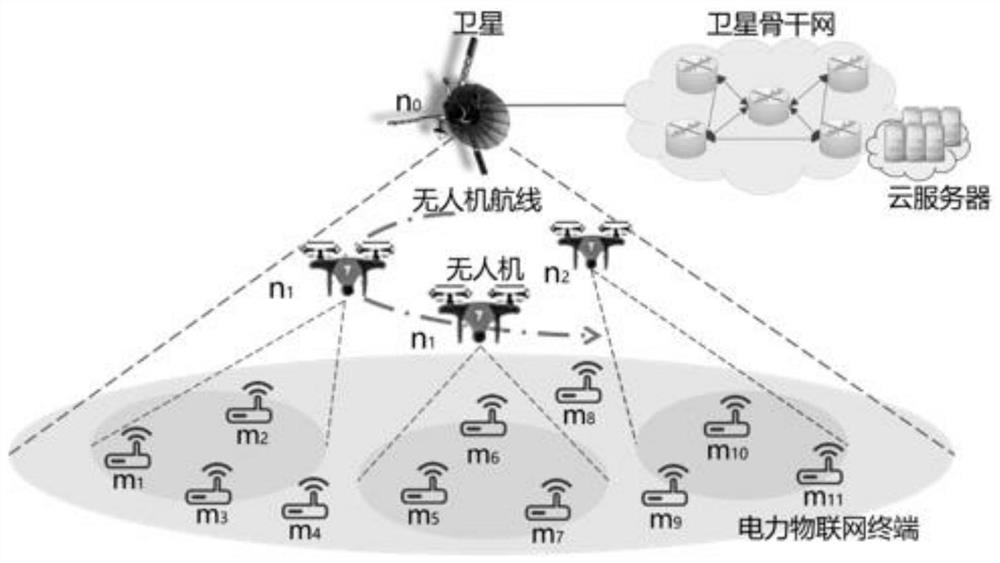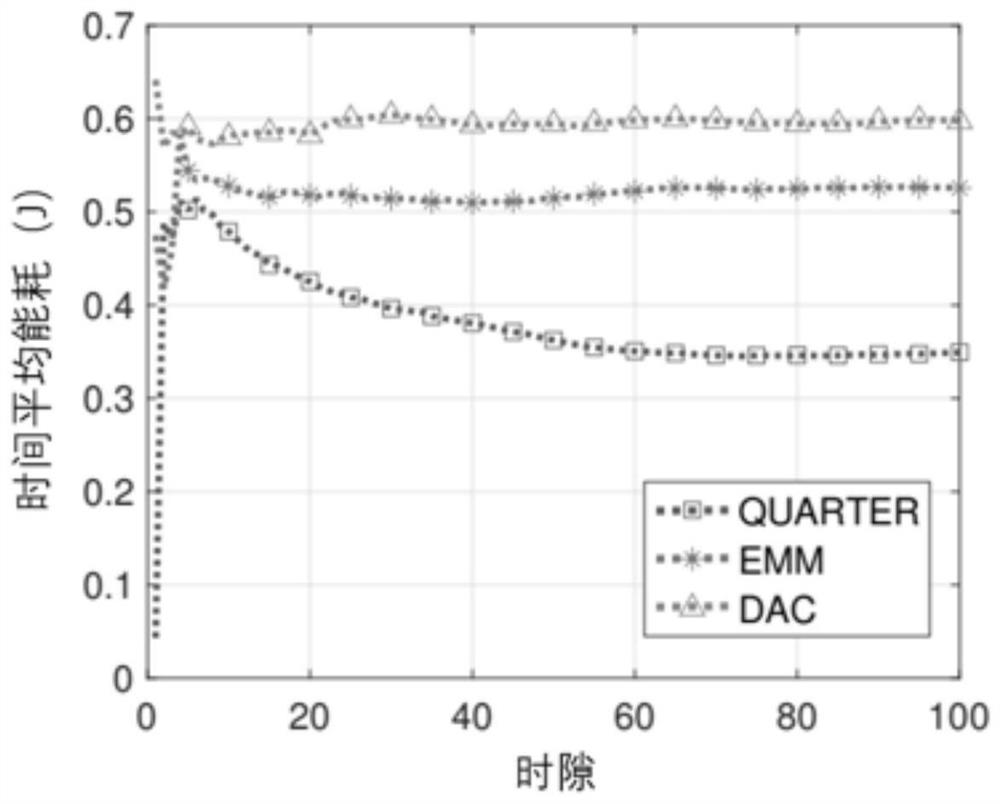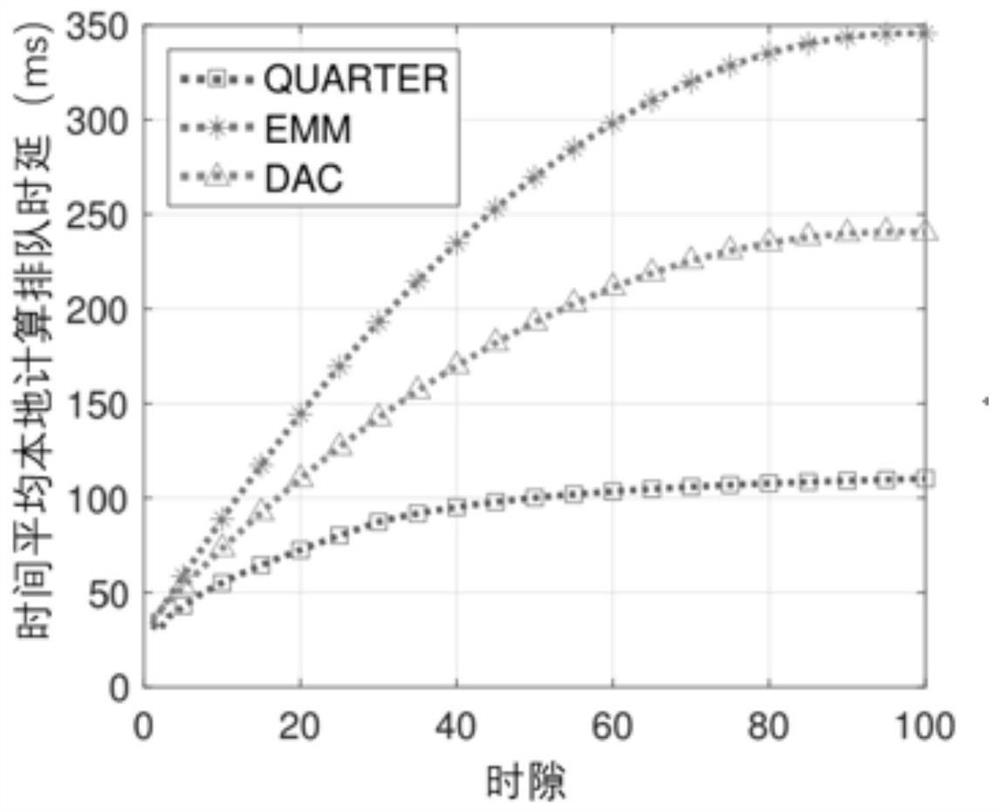Cloud edge-end collaborative resource allocation method for stereoisomerism electric power internet of things
A power Internet of things, three-dimensional heterogeneous technology, applied in electrical components, wireless communication and other directions, can solve the problem of dimensional disaster, long-term queuing delay constraints, increase the difficult dimension of joint optimization problems, etc., to minimize energy consumption, realize The effect of queue awareness
- Summary
- Abstract
- Description
- Claims
- Application Information
AI Technical Summary
Problems solved by technology
Method used
Image
Examples
Embodiment Construction
[0181] The specific embodiments of the present invention will be described in further detail below with reference to the accompanying drawings and embodiments. The following examples are intended to illustrate the present invention, but not to limit the scope of the present invention.
[0182] The basic embodiment of the present invention considers a remote area of 400m x 400m, including 30 power IoT terminals, 3 drones (edge servers) and 1 satellite (cloud server). The drones fly in a circle around the same center, the flight radius is 100m, the angle between them is 120, the flight height is 90m, and the communication coverage is 200m.
[0183] Two existing algorithms are used as the comparison algorithms. The comparison algorithm 1 is an EMM algorithm based on the upper confidence bound (UCB), which replaces the energy perception considered with the queue delay perception. The comparison algorithm 2 is a deep actor-critic based DAC algorithm, which ignores queue awaren...
PUM
 Login to View More
Login to View More Abstract
Description
Claims
Application Information
 Login to View More
Login to View More - R&D Engineer
- R&D Manager
- IP Professional
- Industry Leading Data Capabilities
- Powerful AI technology
- Patent DNA Extraction
Browse by: Latest US Patents, China's latest patents, Technical Efficacy Thesaurus, Application Domain, Technology Topic, Popular Technical Reports.
© 2024 PatSnap. All rights reserved.Legal|Privacy policy|Modern Slavery Act Transparency Statement|Sitemap|About US| Contact US: help@patsnap.com










